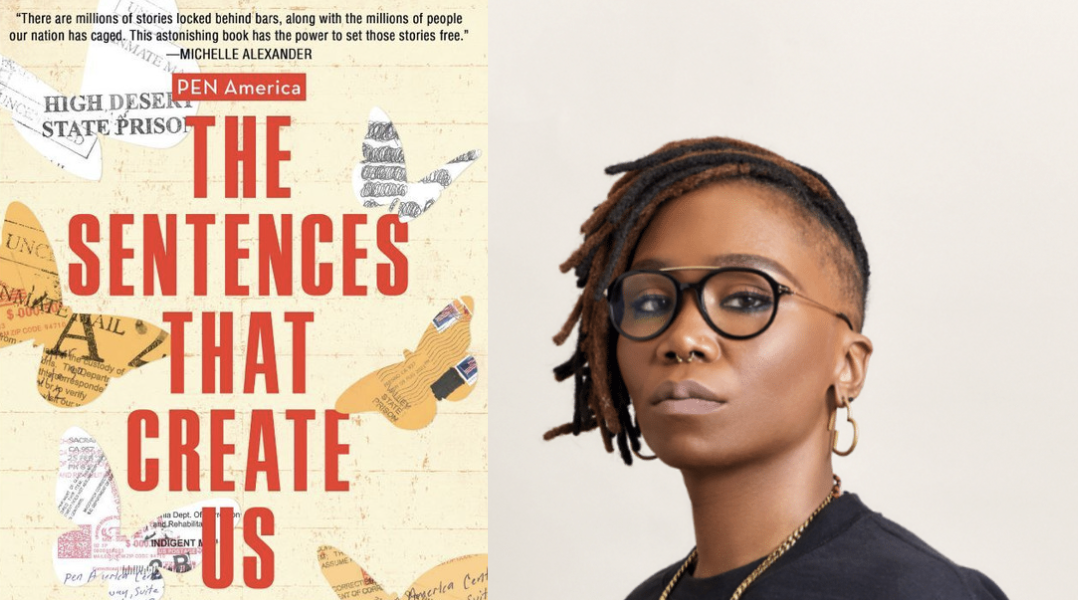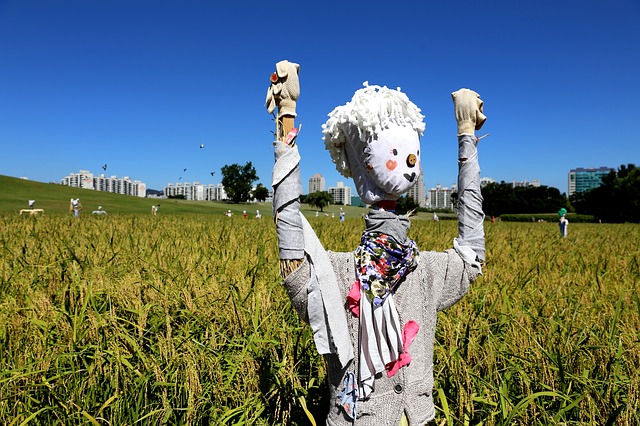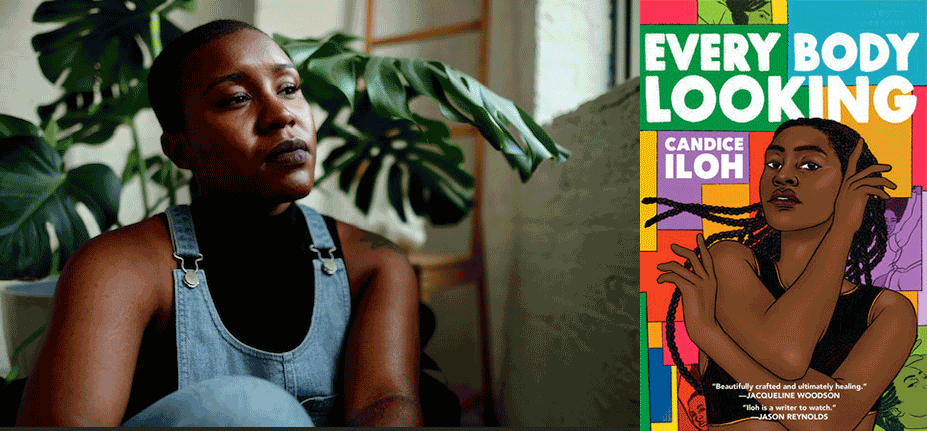The following essay by Nicole Shawan Junior is excerpted from The Sentences That Create Us: Crafting a Writer’s Life in Prison, a project of PEN America, edited by Caits Meissner, Director of the PEN Prison and Justice Writing Program.
Called “One of the best books on writing that I’ve ever read,” by The New Jim Crow author Michelle Alexander, The Sentences That Create Us is intended to be “a road map for incarcerated people and their allies.” The book “draws on the insights of more than fifty contributors, many of them justice-involved, to offer advice, inspiration and resources for creating a literary life in prison,” and “aims to propel writers in prison to launch their work into the world beyond the walls, while also embracing and supporting the creative community within the walls.”
Teachers & Writers Collaborative’s longtime vision has been to create greater equity in and through the literary arts, and we are excited by the ways in which this vision is further extended by The Sentences That Create Us and the PEN Prison and Justice Writing Program, whose work is centered “in the philosophy that writers in prison can be as vibrant and capable as writers on the outside, and have much to offer readers everywhere.”
As Reginald Dwayne Betts writes in his introduction to the book, “There is no technology more democratic than language. And so, let us sing.”
–Susan Karwoska, T&W Magazine Editorial Board
The waiting room was cramped. Self-care bulletins, hotline advertisements and glossy Department of Probation postings were taped on its green walls. In slanted cursive, a child-size Post It cautioned, “Please note, NYC Dept of Probation POs work 7 days per week. Any Departmental representative may/can visit your home, employment, program, school, or family members home. Thanks.
Wide-legged and cross-armed, a young man slumped into a seat beneath the warning. Across the room, under a baseball cap’s brim, another’s eyes were closed, his head hung low as he napped. Next to him, a woman no older than twenty-five cupped her cheek with a palm, sculpted nails pressing into hair slicked into a high bun. Well past her fifties, a grey-headed woman sat behind a personal shopping cart filled with plastic bags of all colors and sizes. Just under a dozen storytellers sat in the waiting room of the New York City Department of Probation’s Bed Stuy office. Instead of meeting with their POs, they were there to participate in the first session of a ten-week writing program Probation hired me to facilitate. By the looks of it, but for the woman with the cart, no one gave a shit about who I was or what I had to say. The Department of Probation’s incentive worked. The storytellers were there because attending the class absolved them from reporting to their respective POs each week.
I began my work with justice-involved teenagers and adults not even a year after I was released from probation’s vice grip. I was a felon armed with graduate degrees in law and education, as well as experience as a fourth-grade teacher and law school adjunct professor. I submitted a writing workshop proposal with one goal—to bring literary art’s restorative and transformative powers to people who sat in the very seats I was just released from.
I hadn’t even signed the contract before I began to construct the curriculum. Weeks before the course began, I developed a plan to teach literary craft, to incorporate writing prompts, and to give thoughtful homework assignments for each session. I mapped the ten weeks to perfection—week one would handle place, week two would cover time, week three would focus on characterization, and so on.
Once the curriculum was set, I developed ten lesson plans to correspond with the schedule it laid out. In them, I included the goals, a motivation to get things started, a list of essays and other resources needed for the day’s lessons, and more. Then, I drafted the syllabus—a proverbial mixtape of Black and Latinx essays, memoir chapters, and short stories. I looped authors such as Reginald Dwayne Betts, Jaquira Diaz, Mitchell Jackson, Sandra Cisneros, Patrice Gaines, and more throughout the document like a cassette tape. The contract was eventually signed and I couldn’t wait to get started, confident that my ten-week curriculum was dope as fuck.
I handed each storyteller a syllabus. “Today, we’re gonna learn about place,” I said while surveilling the room. The young woman with the gorgeous nails typed ferociously on her phone. The man who slept when I first walked in pulled his hat down to cover his eyes. The older woman’s eyebrows twisted into a question mark, though once or twice she nodded, as if to encourage me. In general, eyes glazed over as I stuck to my script. “This is week one. If you look at the syllabus I handed out, you’ll notice—”
“Miss, how long this class gonna be?” one storyteller interrupted.
Moments later, another asked, “Yo, you a PO?”
Mouth dry and ego bruised, I stuttered and stammered through the rest of the class, ending it fifteen minutes early. The storytellers signed the attendance log and raced out to their lives. I scooped discarded syllabi from the floor, closed the door behind me and walked home, shoulders slumped. Before the session I was confident in my work and its purpose. When it ended I questioned whether I should even show my face again after such a pitiful display.
For days, shame and doubt stuck to me like a catchy hook. Humiliated, I considered the lies I could tell Probation to relinquish me from the contract. Finally, with the second session fast approaching, I forced myself to return to my curriculum. At my laptop, I opened the file and read it over. As I looked through each week’s goals, a thought stuck. Everything that I’d done—the curriculum, the facilitation style, the dedication to the script—failed to center the storytellers. Instead, my ego was the thing I had set up to serve.
It was time to get out of my bag and set the former professor aside. I remixed the curriculum, lesson plans and syllabus to reflect storytelling in all its forms. I added oral, musical, and visual storytelling into the blend. Radha Blank, Jay Z, Kehinde Wiley, Kendrick Lamar, and more made the new cut. Including various storytelling forms and inspirations for my storytellers to engage their narratives became the primary focus. Teaching craft was still a goal, but one not nearly as important as hearing their stories.
The next session, I arrived early to the Post It reminding me that “POs work 7 days per week,” that the room I occupied, the room wherein I was trying to do this restorative work, was replete with structural oppression and trauma. Meeting storytellers in a probation office where, just beyond our room’s door, POs sat in their respective offices, was far from ideal. It was a first-degree assault on my mission.
I pushed the tables aside to lean against the walls, moved all the chairs to the middle of the floor, organized them into a circle. The portable speaker that crowded my purse, I placed it in a corner and connected it to my cell phone. Once the WiFi loaded, soft beats pulsed and, eventually, I burned sage throughout the space to purify the air, and energy. As storytellers arrived, I invited each one to sit in the circle. The circle ensured we’d be able to truly see and hear one another. It allowed us to create a safe space, despite the building and system that caged us.
Teaching craft was still a goal, but one not nearly as important as hearing their stories.
“On a scale of one to ten,” I asked, “how are you feeling right now?” Set on getting everyone talking, I continued, “What’s one thing you enjoyed doing since the last time we were here? What’s a goal you have for the week? I want us to go around the room so everyone can answer the questions.” I was the first to take on the call—I answered my own questions, modeling how I wanted the storytellers to begin each of our session’s moving forward. Everyone rated their emotional states according to the scale I set, talked about the things that brought joy the week prior and disclosed upcoming goals. Most were excited to talk, others did so begrudgingly. The responses led to shared stories, even if brief. Oral storytelling was underway.
Soon, I realized that checking in caused cell phones to be ignored, eyes to stay open and bodies to sit upright. Checking in enabled me to assess the storytellers’ individual emotional states, which informed my decision about the kind of work we’d perform in the session, even if that meant deviating from my scripted lesson plan. Checking in also brought us closer to one another, helped us develop rapport and manifest trust amongst strangers. It reminded them that I was not a probation officer, did not work with law enforcement, and that we created the space together.
I grabbed my cell phone and plugged “Where I’m From” into the search browser. The WiFi’s loading wheel popped onto my screen and, like a slow jam, moved unhurriedly. I braced myself for having to rap the lyrics myself, acapella. Finally, the internet came through. As the song’s intro bumped, I gave each storyteller a handout containing the lyrics.
“Ahhh, come on Ms! We gotta read?” Rashid’s eyes rolled beneath his baseball cap.
Michael smacked his forehead with the paper, “Not this again!”
“Calm down,” I urged. “This isn’t a syllabus. Just lyrics.” Then Jay spat,
I’m from where hammers rung. News cameras never come. You and your man’s hung, in every verse in your rhyme. Where the grams was slung. Nigguhs vanish every summuh. Where the blue vans would come, we throw the work in the can and run…
But for the track, the room fell silent. Together, the storytellers and I listened to Jay rhyme about Marcy Projects as we read along.
The choice in song was intentional. Jay Z is a hometown hero, born and bred in the very neighborhood wherein we sat—the neighborhood we resided in or had a connection to in some way. In “Where I’m From,” Jay Z invites the listener to journey with him through Marcy Projects, in particular, and Bed Stuy, in general—the environs and afflictions, dreams and dilemmas. In that one track, he paints Bed Stuy as a place better than Monet did waterlilies in a pond. When the track quieted to an end, the conversation flowed.
Unbeknownst to the storytellers, I would endeavor, yet again, to talk about place as a literary craft tool. Only this time, I didn’t approach it as a professorial pedagogical moment incorporating literary arts theory and practice. Instead, the storytellers and I naturally identified the sounds, sights, tastes, smells, and feelings attributed to the places we loved through the use of something familiar—a song from the Bed Stuy boy who became a globally-recognized man.
The track sparked the storytellers to share coming of age stories. Everyone spoke freely, jumping in when something another said sparked a memory, a connection. Twenty minutes later, maybe an hour, I asked, “If you met a stranger who came from the opposite end of the world, how would you describe where you’re from?”
Excitement buzzed. They named landmarks, dished metaphors, called out adjectives. My lesson plan moved forward much better than anticipated.
Aware that our session was drawing to a close and giddy from all the interaction, I encouraged the storytellers to complete an exercise, “Write one story about the place you’re from.”
Oh, I’ve got stories for days,” Ms. Gloria, the older woman, exclaimed.
“Ahhh come on! We gotta write?” Rashid complained.
“I can’t rhyme!” Tayshia shrieked, her colorful nails slicing the air.
“Yes, I’m asking you to write. Just for five minutes.” I begged. “It doesn’t have to be a full out story or a song. It can be a list, a poem, a rhyme, or a paragraph. No one but you is gonna see it, unless you want to share.” Time slowed as I anxiously awaited what was to come over the next five minutes. There, however, was nothing to fear. The storytellers honed on their respective papers, and wrote.
“Anyone want to share?” I asked, expecting no one would be game.
A few hands shot up. Others, including Ms. Gloria, had far off looks, as though too caught up in nostalgia to return to our space. Others, yet, averted their eyes as if afraid. Each time one storyteller shared, though, another gained the courage to do the same.
“Miss, you coming back next week?” Rashid asked after our session was done.
“Yes, sir. Same time and place.”
“Aight, I’ll see you then,” he said.
Over the following eight weeks, my pedagogy improved. Some sessions, I executed the planned lesson seamlessly. But often, I had to make in-session pivots to provide the storytellers with what their curiosity, emotional states and life circumstances needed. Some of those pivots led to our best moments together.
It’s been two years since my first session with Probation’s storytellers. Since then, I’ve taught the ten-week workshop eight times. Often, I still have to pivot. When told I could no longer burn sage because it created a fire risk, I cleansed the room by walking through it with lavender packets, healing crystals such as black tourmaline and amethyst, and my imagination—I spent time intentionally envisioning the space as one full of glowing sunlight, laughter and hearty conversation. The week when Brooklyn rapper Pop Smoke was murdered in LA, I led storytellers through mindfulness exercises including breathwork and tapping—we drew breaths deep into our guts and exhaled loudly while gently tapping our foreheads, noses, shoulders, chests and stomachs to relieve our bodies of the anger, anxiety and grief held within. When two of the storytellers who were dating had a rupture during class, I changed the lesson completely—instead of discussing literary voice we talked about the challenges of being vulnerable in our romantic relationships. When COVID hit, all kinds of pivots proved critical. I learned that these shifts didn’t mean I was an awful teacher who failed her students. Quite the opposite. It meant that I was self-aware enough to understand that not one lesson would be learned or story told if I didn’t put my storytellers’ artistic and socio-emotional needs before my ego.
Nicole Shawan Junior (they/them) is an arts administrator, community builder and justice-involved counter-storyteller. Prior to joining PEN America as Deputy Director, Prison and Justice Writing, they founded Roots. Wounds. Words.—an organization that provides BIPOC-led and -centered literary arts pedagogy, publication, and performance opportunities. They also prosecuted police and domestic violence cases. Nicole’s writing appears in The Sentences That Create Us, Guernica, The Rumpus, The Feminist Wire, ZORA, Gay Mag, SLICE and elsewhere. They have received residencies and fellowships for their writing from Hedgebrook, Tin House, PERIPLUS, NYFA, Lambda Literary, and many more. They served as editor-in-chief of Black Femme Collective and on the editorial teams at Women’s Studies Quarterly of the Feminist Press and SLICE Magazine. Nicole curated a limited column that centered first-person narratives written by justice-involved mothers for Raising Mothers and guest edited at The Rumpus. When not reading, writing, or creating literary arts opportunities, Nicole’s listening to Jay Z, pulling a tarot card, or flipping a large tire at a local Strongman gym.



